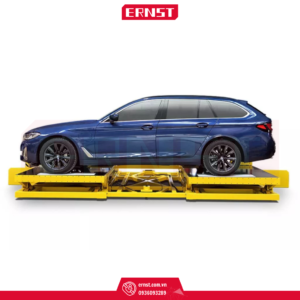
FMVSS 208 Rollover
The rollover platform is used to conduct lateral rollovers, according to test regulation FMVSS 208. With the pivoting platform the vehicle can be easily set up and brought into the

The rollover platform is used to conduct lateral rollovers, according to test regulation FMVSS 208. With the pivoting platform the vehicle can be easily set up and brought into the
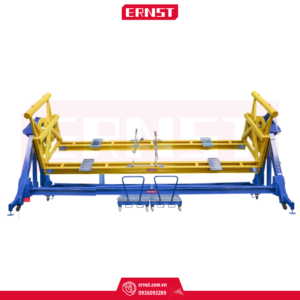
The static rollover is used to check the test vehicle for leaking fluids from the battery or fuel tank after the crash and to document the amount. The overall structure
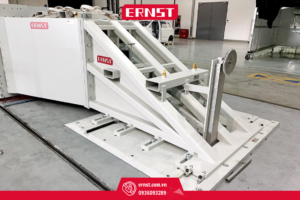
The small overlap barrier is used to test the vehicle structure according to the Small Overlap IIHS test regulation. The steel structure is designed for a crash load up to

The RCAR Bumper is used to perform low-speed crash tests at up to 10 kph impact speed and simulates vehicle damages in the front and rear areas. Bumpers are often

This barrier is designed for RCAR 10 degree frontal impact and is used to perform tests to evaluate the vehicle structure after a 15 kph impact on the barrier, with
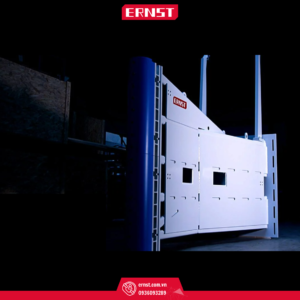
The pile makes it possible to conduct pile tests in accordance with current regulations. The pile is dimensioned according to customer requirements and can be easily replaced at any time.
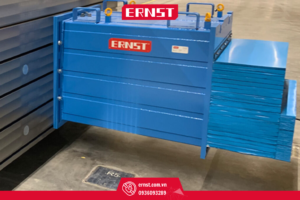
The ODB barrier enables the conducting of vehicle tests for the protection of passengers with varying degrees of overlap. The barrier can be attached directly to the existing crash block
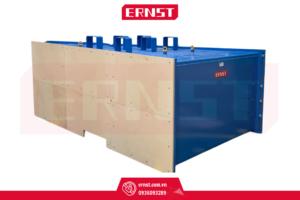
The 30 degree wedge is used to perform tests in accordance with the FMVSS 208 test specification. Due to the symmetrical design, the wedge can be used for test scenarios
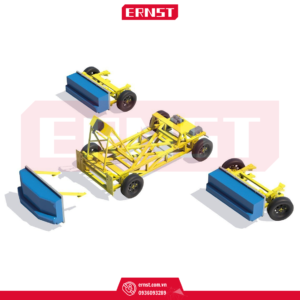
In the US multiple barriers, the frame structure is based on a wheelbase of 2591 mm and a track width of 1880 mm. On this basis, up to 3 different
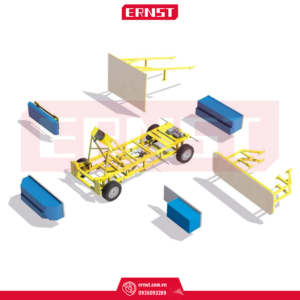
In the EURO multiple barriers, the frame structure is based on a wheelbase of 3000 mm and a track width of 1500 mm. On this basis, up to 6 different